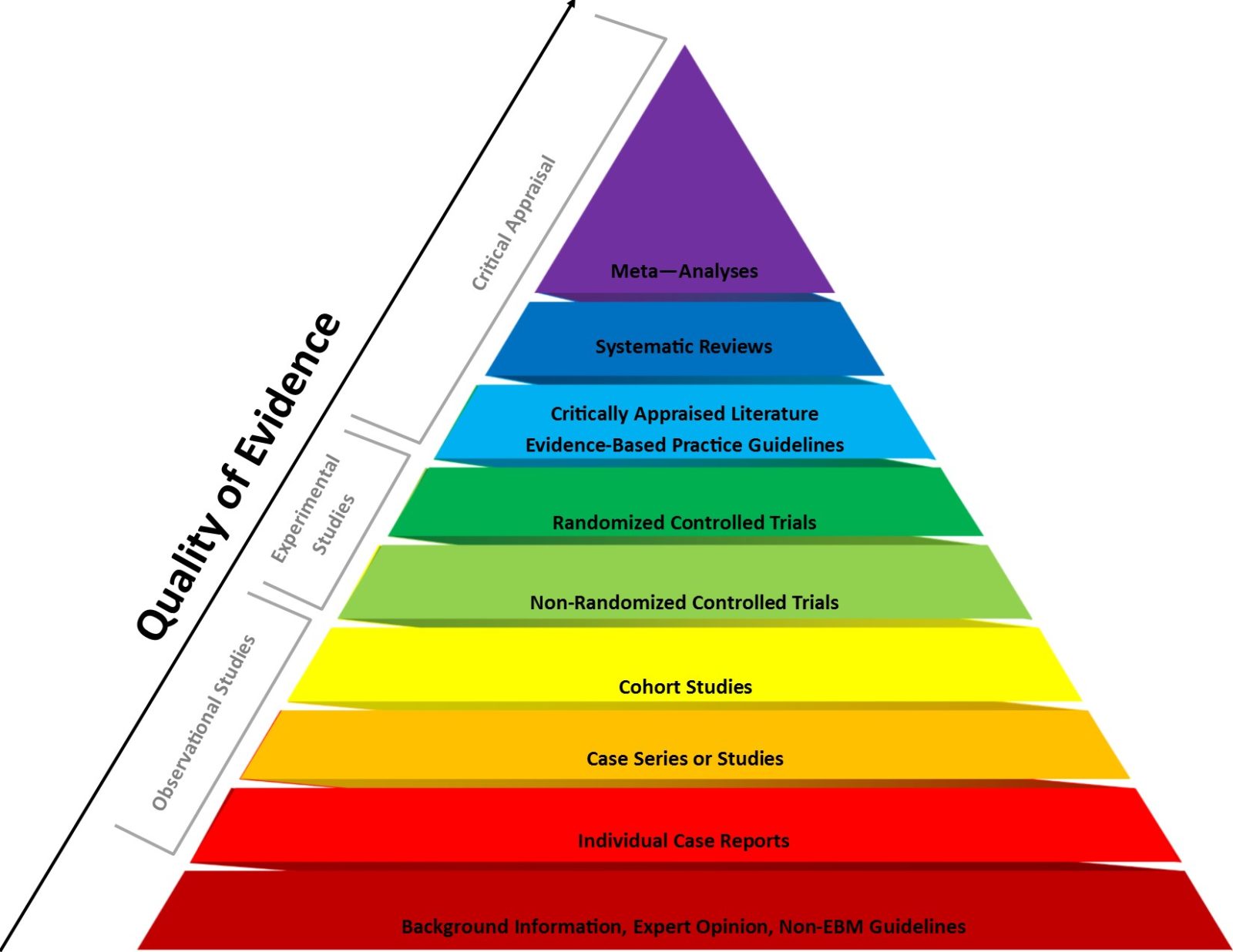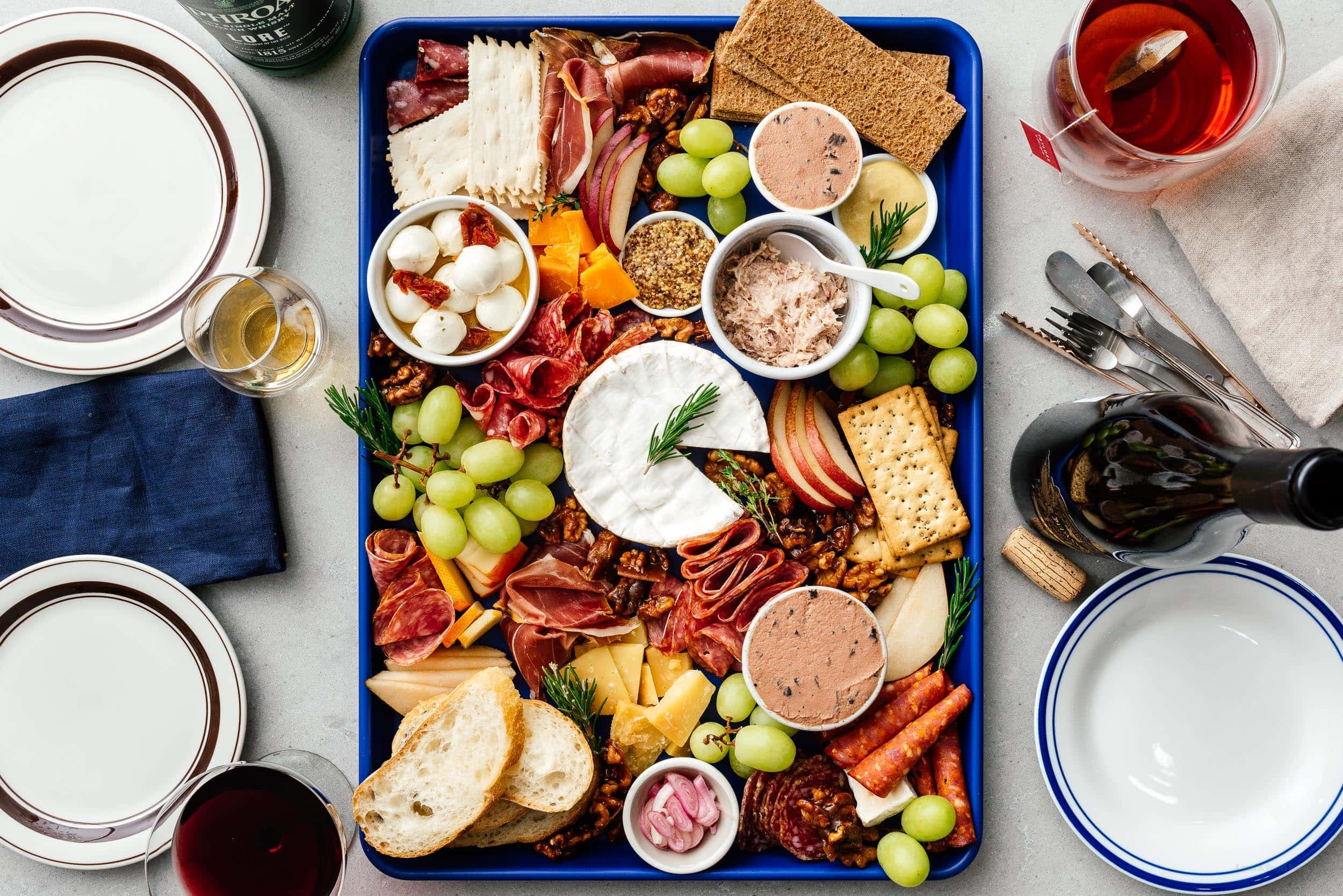Maga’s era of ‘soft eugenics’: let the weak get sick, help the clever breed
At the heart of all Trump administration policies is ‘soft eugenics’ thinking – the idea that if you take away life-saving services, then only the strong will surviveEnglish polymath Francis Galton formulated the concept of eugenics in 1883. Inspired by animal breeding, Galton encouraged people with “desirable” traits to procreate while discouraging or preventing those with “undesirable” traits from doing the same. As social and intellectual qualities were hereditarily “fixed”, he thought some groups were naturally superior. Galton constructed a racial hierarchy, with white Europeans at the top.Eugenics has since played out in varying, always tragic ways. Attempted genocides and forced sterilization are first to mind, though the 20th century brought about the concept of soft eugenics: non-coercive methods of reducing certain conditions through individual choice and medical advice. Popularized in Nancy Stepan’s 1991 book, The Hour of Eugenics, “soft” eugenics is accomplished by indirect, environmental, and educational interventions while “hard” eugenics is marked by direct biological interventions (such as sterilization). The term has since been expanded in discussions of genetic technologies, prenatal screenings, and physical fitness. Continue reading...

At the heart of all Trump administration policies is ‘soft eugenics’ thinking – the idea that if you take away life-saving services, then only the strong will survive
English polymath Francis Galton formulated the concept of eugenics in 1883. Inspired by animal breeding, Galton encouraged people with “desirable” traits to procreate while discouraging or preventing those with “undesirable” traits from doing the same. As social and intellectual qualities were hereditarily “fixed”, he thought some groups were naturally superior. Galton constructed a racial hierarchy, with white Europeans at the top.
Eugenics has since played out in varying, always tragic ways. Attempted genocides and forced sterilization are first to mind, though the 20th century brought about the concept of soft eugenics: non-coercive methods of reducing certain conditions through individual choice and medical advice. Popularized in Nancy Stepan’s 1991 book, The Hour of Eugenics, “soft” eugenics is accomplished by indirect, environmental, and educational interventions while “hard” eugenics is marked by direct biological interventions (such as sterilization). The term has since been expanded in discussions of genetic technologies, prenatal screenings, and physical fitness. Continue reading...
















































































